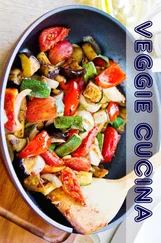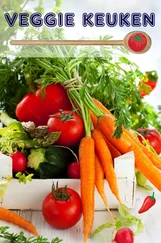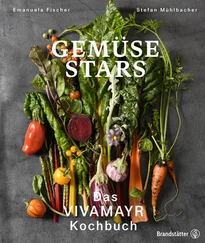•Make sure that you resist the bread basket. Baked goods are mostly full of refined carbohydrates and are mineral and alkali predators. A suitable starter is a clear soup such as minestrone or a lunchtime salad. Thickened soups are not advisable because of the saturated fatty acids (see p. 30ff.) they contain.
•A perfect and filling lunchtime option would be a mix of vegetables and protein in the form of meat or fish served together with a complex source of carbohydrate such as rice, quinoa, buckwheat, corn or wholegrain products. Combinations of this kind can be found in every national cuisine. An Austrian example would be boiled topside of beef with steamed potatoes. Italians turn to gluten-free pasta with vegetables, whilst Indians add vegetables to dal and rice.
•Steer clear of carbohydrate-heavy desserts if you do not wish to put on weight.
•An easily digestible evening meal could consist of steamed or braised vegetables served with lean meat, fish or steamed potatoes in accordance with the principles of the Hay diet. Ask the chef to prepare the meat or fish sous vide or in the steam cooker and to serve it without sauce.
•Opt for hot or cooked dishes, and make sure in particular that you stay away from raw food buffets in the evening.
•Change the side orders accompanying your dish. Order braised or steamed vegetables instead of French fries or croquettes.
•Easily transportable dishes are good takeaway choices.
•Eat slowly, take conscious note of the taste and of the sense of being satiated and stop at the point when you are enjoying the food the most.
•If you drink enough water between meals during the day, then there is no reason not to treat yourself to a nice glass of wine at dinner.

– enjoy an occasional celebratory meal in line with your own favourite tastes without regret, but let your body recover afterwards. In order to counter any long-term over-acidification, make sure that the next two meals are alkali based. Omit dinner if you have had a very extensive lunch.
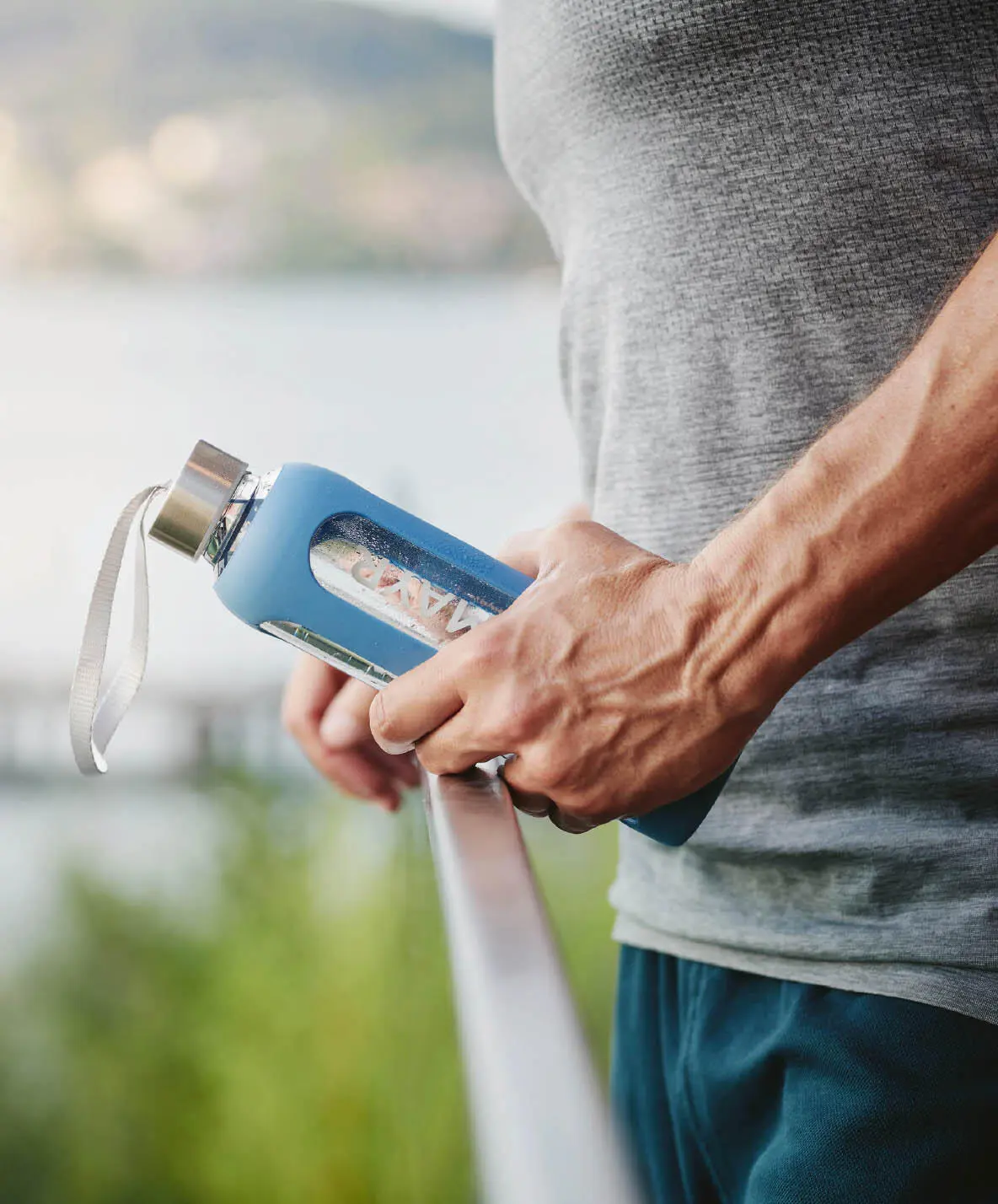
TAKE A CONSCIOUS APPROACH TOWARDS DETOXING
When we reduce food intake, our metabolism will automatically shift to making use of its energy reserves. A few of the “rubbish dumps” which have accumulated in our body over time are reduced and recycled. This can lead to unpleasant detoxification reactions. For this reason, and in order to ensure that individual bodily functions are not overloaded, a Mayr treatment is not recommended unless supervised by a physician.
Most health effects will not take hold until you have completed a Mayr course of treatment over a period of several weeks. This is tailored to your own individual needs and ideally takes place both on an outpatient and in-patient basis. At the same time, you can exert a positive impact on your sense of well-being by undertaking one detox day per week. Fasting is a voluntary period of self-denial which may also involve reducing the amount of food you eat or else only eating things which are easy to digest. It can only have a beneficial effect if you are prepared to take such a step and have a positive attitude towards the process. See your detox day as a weekly ritual which enables you to harmonise with yourself rather than as a sacrifice.
Measures to aid detoxification
Some of things you can do on your detox day in order to support the detoxification process are as follows.
- Alkaline footbaths open up the pores and help the body to expel toxins via the skin. The water should be at 37°C and should have a pH value of at least 8.
- Liver compresses aid the activity performed by our most important metabolic organ and foster a feeling of relaxation before going to sleep. Simply dampen a small towel, wring out well and then use this cover your right rib cage, under which the liver is situated. Place a hot water bottle on top and then wrap your body in a bath towel. Allow the compress to take effect for between 30 and 60 minutes.
- Moderate exercise in the fresh air will help with your physical and mental well-being. Breathing also leads to the expulsion of carbon dioxide and other gaseous acids.
- Meditation offers a framework for peace and quiet. It can also assist you in reducing stress, in leaving emotional baggage behind you and in enjoying a better quality of sleep. Mental detoxification is just as valuable as physical detox.
- Alkaline powder controls the level of acid in the body and helps combat over-acidification. Only drink between mealtimes because it neutralises gastric acid!
Regular phases of everyday recovery are important. In order to retain our health over the longer term, however, a more detailed overhaul is needed from time to time. A least once a year, we take a longer timeout from work so that we can recharge our batteries. In just the same way, our metabolism benefits from an annual holiday for the body and mind in the form of a VIVAMAYR treatment. The right time for this is always at a point when you are seeking to do something good for yourself and wish to return your body to its natural balance. You will find such a reboot easier to undertake if you consider the following points prior to commencing the treatment.
-Avoid lavish meals and raw food in the evenings. Cancel any dinner arrangements you may have made.
-Try to do without alcohol, coffee, black tea and nicotine.
-Choose dishes which are readily digestible.
-Take short breaks during the day and go to bed earlier at night.
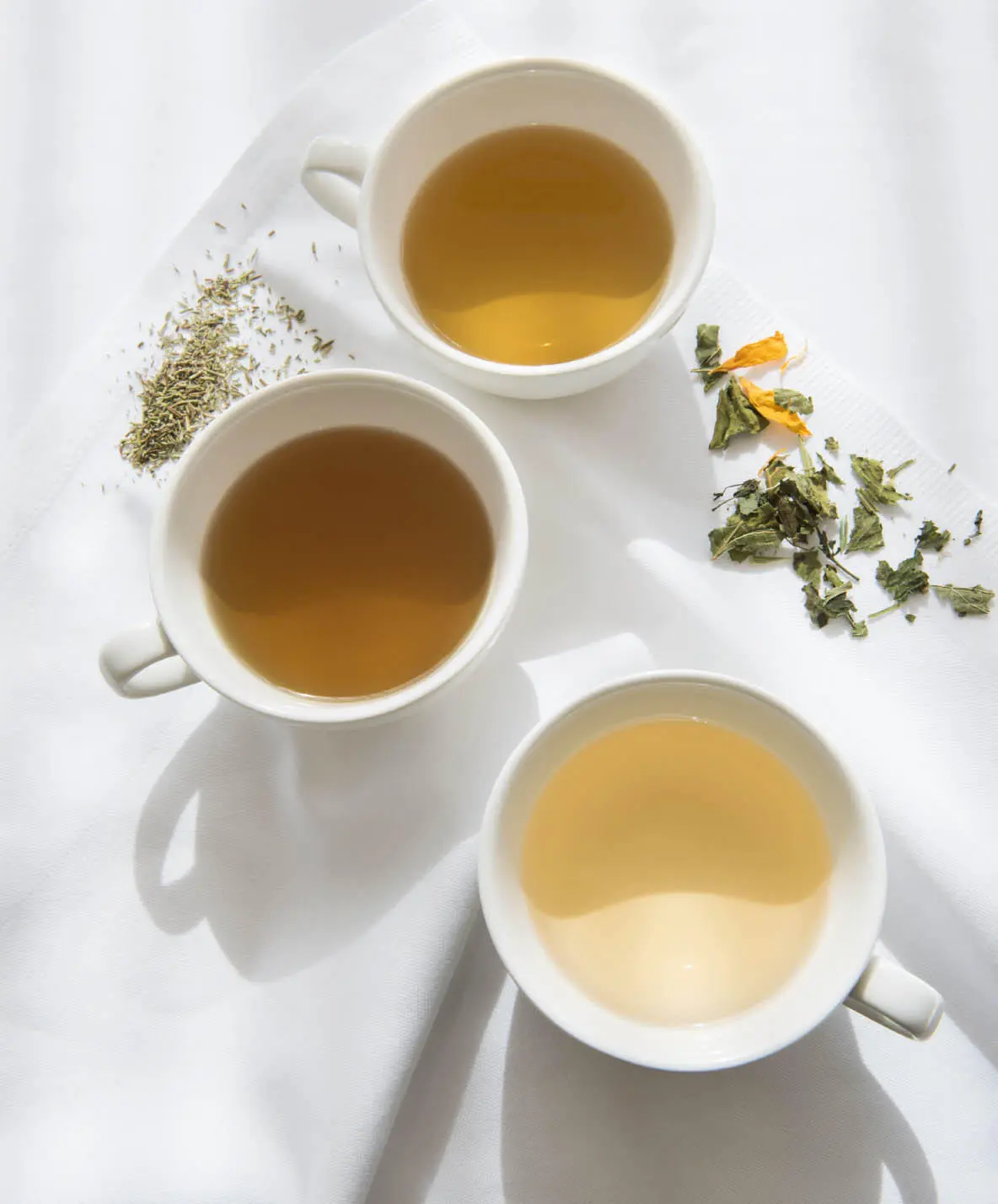
The VIVAMAYR Cookery School

Vegetables and the idea of reducing things to the essential are at the heart of VIVAMAYR cuisine. Take enough food on board to ensure light enjoyment, but try to consume as little as possible. The following pages present important tips from the professionals at our Medical Health Resorts on what you should be thinking about when preparing meals in your own kitchen at home.

Why does VIVAMAYR cuisine not use onions or garlic?
During detox treatment, the focus is on reducing the burden placed on the digestive apparatus by feeding it foodstuffs which are easy to process. This means that more energy is available to support detoxification. The aim is to avoid the strains which onions and garlic can produce for the digestive sequence. VIVAMAYR cooking uses fennel as an aromatic replacement for onion. Parsley root and celery are included to a modest degree, and camelina oil (false flax oil) lends a subtle note which is reminiscent of garlic.
Читать дальше










